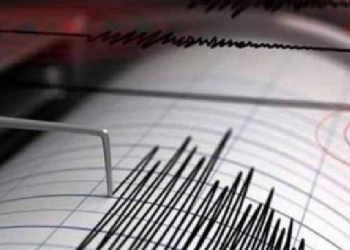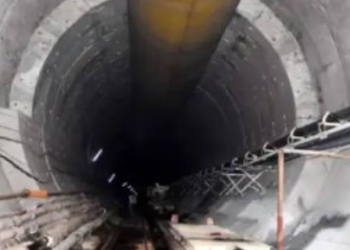New Delhi, Sep 24 (IANS) With a view to reduce the level of air pollution in cities, the Central government will launch Swachh Vayu Sarvekshan that promotes ranking of 131 cities in the country for implementing City Action Plans prepared as part of National Clean Air Programme (NCAP).
The aim of the exercise is to reduce air pollution up to 40 per cent by 2025-26.
Total 131 cities are categorised into three groups based on population.
While 47 cities are in the first group having a population of more than 10 lakh, 44 cities are in the second group having a population between 3 to 10 lakh.
The third group consists of 40 cities having a population less than 3 lakh.
A two-day national conference of Ministers of Environment, Forest and Climate Change was held in Ekta Nagar, Gujarat on September 23-24.
The conference was inaugurated by the Prime Minister virtually.
During a parallel session on Control and Prevention of Pollution, the states were informed regarding guidelines on ‘Swachh Vayu Sarvekshan – Ranking of Cities’ released under National Clean Air Programme (NCAP).
As per the Ministry of Environment and Forest, cities are required to do the self-assessment as per the framework provided on PRANA online portal.
This assessment is carried out annually.
Cities have to report implementation of activities and measures taken in respect of solid waste management, road dust management, management of construction and demolition waste, control of vehicular emissions and industrial pollution.
Based on the self-assessment and third-party assessment, three best-performing cities in each group will be given a cash award in the spirit of competitive federalism.
This promotes constructive competition in the spirit of competitive federalism to take measures to improve air quality.
This Sarvekshan provides a tool to cities to plan their actions in order to improve the air quality. It is not based on the measurement of the air quality parameters to rank the cities.
It is based on the actions taken by the cities to improve the air quality in different domains. The actions taken by the cities would result in the improvement of air quality.
It thus provides a planning implementation tool to improve the air quality and the assessment of the cities regarding how better they have aligned their actions to improve the air quality, said the Ministry.



















